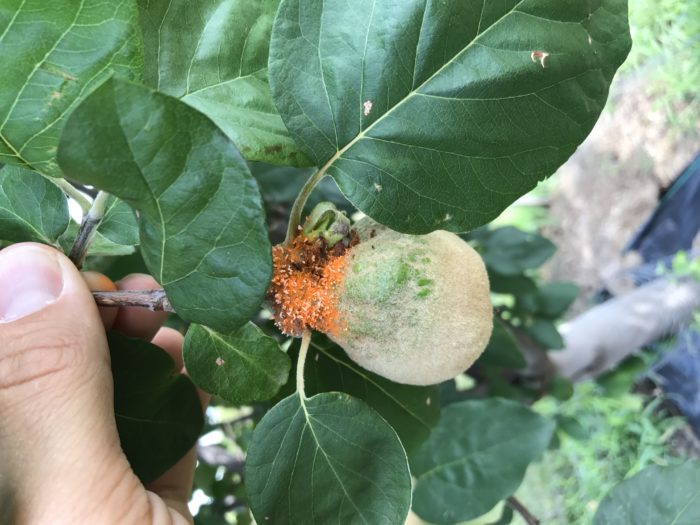3 Tips to Identify a Sick Tree
Having trees is something that almost everyone wants in their landscape. The tough part if you’re not the ‘green thumb’ type of person is knowing if they are healthy or structurally sound to be growing next to your home. The following are 3 tips to help you identify a sick tree:
Know what tree(s) you have.
There are so many varieties and cultivars and species of trees out there that I don’t even know what I’m looking at sometimes. To know if you have a sick tree you must first have to know what healthy one looks like. Generally, a green leaf or needle is a good baseline, but there is usually more to it.
- Keep the tags from the trees when you buy and plant new ones. This way you can reference the picture on the tag and the cultivar of tree you have. Knowing that can make a difference to distinguish between a cultivated feature of the tree or a disease issue.
- Identify or have your trees identified if you don’t know what your existing trees are. Knowing the difference between a boxelder or hackberry compared to an ash could mean the difference between
- Head to a local arboretum to cross reference with what you have. They often have large specimens of common trees. Plus, other cultivars planted nearby to reference the small differences between them. And the trees are usually healthy too, so you can know what the tree is supposed to look like.
Know the common issues.
In our part of the world, we are trying to grow trees where trees didn’t commonly grow (i.e. the prairie). Unfortunately, that means our trees are already in an uphill battle to be it optimum health which means they frequently can get a sick tree.
With most species of trees in our region there is a short list of very common pest and diseases issues that pop up frequently (just about yearly). Knowing when these issues are common throughout the growing season can help you greatly in identifying a sick tree if, or when, it happens. Additionally, knowing the consequences of your tree getting a certain pest or disease issue can help. A lot of diseases that may a tree look rough, are cosmetic and of little consequence to the life of the tree.
Lastly, make sure you get the proper diagnosis before you start any treatments. Click here to learn more on properly diagnosing a tree.

Knowing what to look for and paying close attention is important to finding out if you have a sick tree.
Look closely and frequently.
A lot of the more serious pest and disease issues can start off very small and seemingly unnoticeable if you don’t look closely. Take the time every now and then while out in your yard to stop and take a close look for some of the following areas of a tree:
- Broken or diseased limbs.
- Curled, distorted, or damaged leaves.
- Mushrooms or other fungal conks on the tree that weren’t there before.
- Look down and at the base of the tree and the area around the trunk to get an idea of how the roots may be doing.
- Stand back and look for areas that don’t look normal.
There are some very small changes in trees that can lead to identifying a potentially major issue. Early detection in tree health issues are usually the easiest to remedy. Hopefully you have found these tips on identifying a sick tree.
Here are some other related articles you may find interesting:

